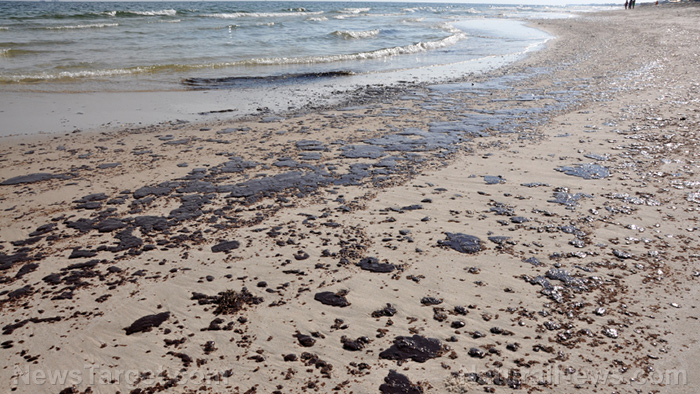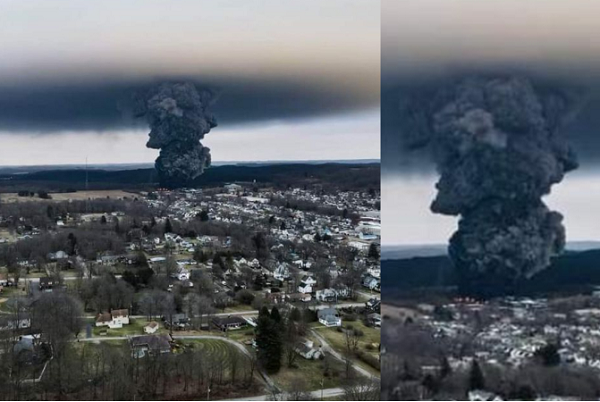 Parler
Parler Gab
Gab
Deepwater Horizon disaster
On April 20, 2010, the oil drilling rig Deepwater Horizon operating in the Macondo Prospect in the Gulf of Mexico exploded and sank. Following the explosion, four million barrels of oil flowed from the damaged Macondo for more than 87 days. Collin Ward, co-author and assistant scientist in WHOI's Marine Chemistry and Geochemistry Department, explained that the amount of oil transformed by sunlight into compounds that dissolved in seawater during the 2010 Deepwater Horizon spill was similar to that of commonly accepted oil fates, such as biodegradation and stranding on shorelines. The experts think the finding is fascinating, especially since it could impact their understanding of where else the oil is going, and "whether the result is good or bad," said Danielle Haas Freeman, lead author from the Massachusetts Institute of Technology and a WHOI Joint Program student. She added that if this sizable fraction of oil is being transformed by sunlight and is dissolving into seawater, it's possible that less oil is ending up in other places, like sensitive coastal ecosystems. But Freeman also thinks that researchers have to consider the impacts of the compounds on marine organisms before they can confirm if the "net result is positive or negative." (Related: New study reveals true extent of toxic oil spill from Deepwater Horizon disaster.)Oil fate and different types of light
To verify the finding, the research team used custom-built light-emitting diode (LED) reactors to measure how the rate of this oil fate varies for various types of light, like visible or ultraviolet light. While experts have known about the process of oil photo-dissolution for over 50 years, the recent study sheds more light on how this process varies with light wavelength, which Ward and the rest of the research team determined using the LED reactors. Ward added that this vital piece of information allowed them to estimate the importance of the process during a spill. The novel measurements gathered using the LEDs also helped the scientists find out which conditions were most important in controlling this process. The team created hypothetical spill scenarios and applied several changing conditions, such as:- Locations around the world
- Times of the year
- Types of light
- Varying oil slick thicknesses
More related stories:
Oil-eating microbes are destroying sunken Nazi sub thanks to the Deepwater Horizon spill. Deepwater Horizon oil spill’s effects are still being seen: Atlantic stingrays found to have significantly impaired olfactory functions. Sunlight triggers chemical reactions that make the Deepwater Horizon oil spill unlikely to degrade. Sources include: ScienceDaily.com EPA.gov Brighteon.comSen. Rand Paul: COVID lab leak among the greatest coverups in modern medical history
By Ramon Tomey // Share
Senate unanimously passes bill to declassify White House intelligence on COVID-19 origins
By Arsenio Toledo // Share
Ohio train disaster exposes dark side of plastics
By News Editors // Share
Governments continue to obscure COVID-19 vaccine data amid rising concerns over excess deaths
By patricklewis // Share
Tech giant Microsoft backs EXTINCTION with its support of carbon capture programs
By ramontomeydw // Share
Germany to resume arms exports to Israel despite repeated ceasefire violations
By isabelle // Share









